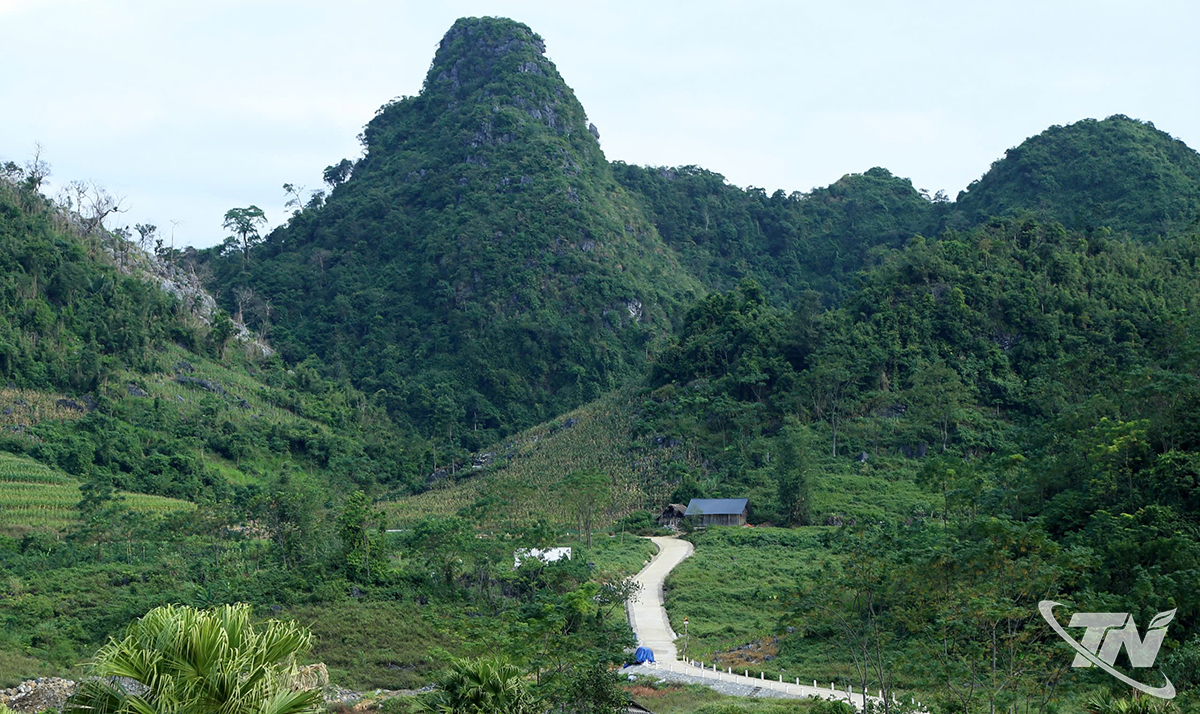 |
| The concrete road winds between limestone mountains, where the people of Ban Ten are continuing their dream of a prosperous life under the sky. |
New roads open new horizons
At an altitude of more than 1,200m above sea level, Ban Ten nestles in the arms of overlapping rocky mountains. The life of 151 households, with 750 people, 100% of whom are Mong people, is still imbued with primitive nature and closely connected with the mountains and forests.
Just over a decade ago, Ban Ten was an isolated land in the middle of the jungle. At that time, Ban Ten was literally “five zeros”: no electricity, no roads, no telecommunications, no healthcare , no markets. The historic change of the land began in 2014, when the project to open a road from Van Khanh hamlet to Ban Ten was started.
The 5km long road was not only a traffic project at that time, but also a cherished dream of many generations of Mong people here. The steep and dangerous terrain, with many vertical rocky sections, made the construction extremely difficult. There were days when a concrete section had just been poured in joy, but not long after that, it was washed down the stream by the jungle rains, and the workers sadly tried to start over.
With the determination of the government and the people, after two years of perseverance, the road was completed, marking a turning point for the highlands. In early 2023, a new concrete road 2.3km long and 5m wide continued to be invested with a total cost of 11.8 billion VND. After more than a year of construction, the project was completed, bringing a completely new look to the mountain village.
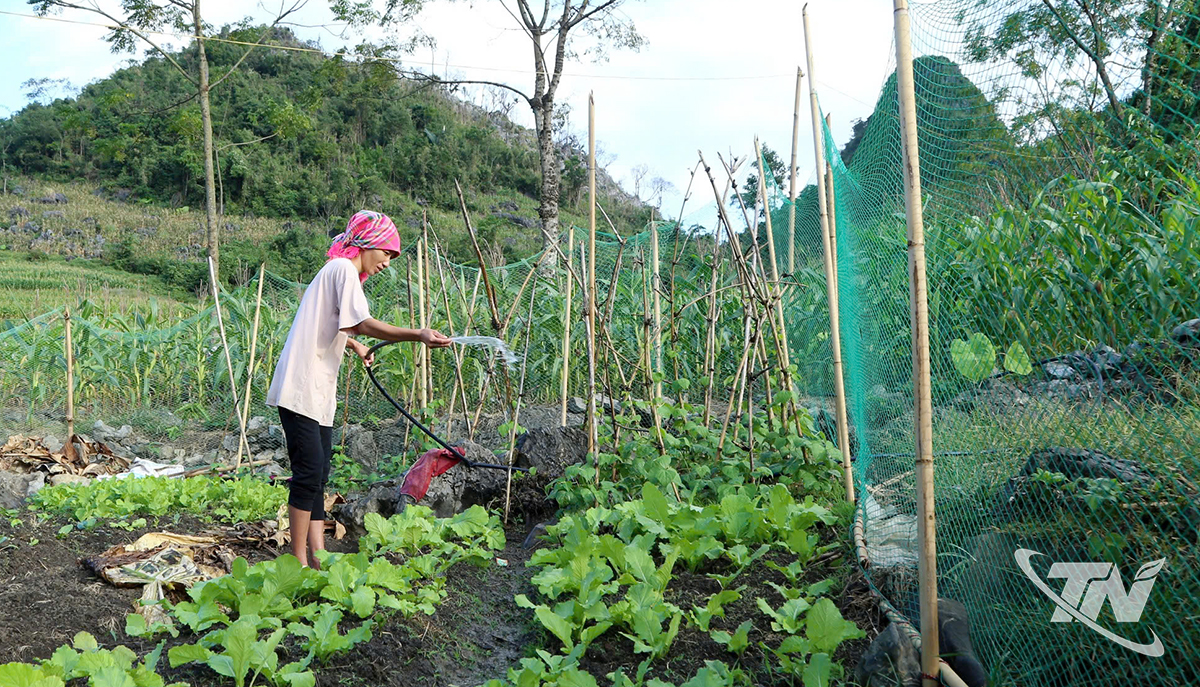 |
| Ms. Ly Thi Nhinh takes care of her family's vegetable garden. |
Ms. Ly Thi Nhin, a young Mong woman who has just built a small house next to the new concrete road, smiles brightly, her eyes shining as if she has just caught a great joy: Now the children go to school, when it rains they don't have to worry about mud sticking to their clothes anymore; and it's also very easy for me to ride my motorbike to the market.
The house that Nhin and his wife had just built was small but filled with warmth. Behind, the young vegetable beds were green in the early morning sunlight, and the cornfields between the gray rocks rustled in the wind. In the small yard, the crowing of a few pairs of wild chickens echoed through the mountains and forests as if to call a new day.
Looking at the clean road running across the porch, Ms. Nhin gently stroked her shirt, her voice filled with emotion: My family doesn't have money to pave the cement floor yet, but just living next to this road, seeing children happily going to school, I feel very happy. It's like a dream!
Those simple words are like the common voice of the whole Ten Village. For them, the road opens up a new horizon for the people's lives, connecting the small village with the outside world .
Keeping the soul in the midst of change
 |
| Ban Ten school, part of Van Lang Primary School No. 2, is well-invested. |
In September, Ban Ten enters the most beautiful days of Autumn. Layer upon layer of terraced fields spread out at the foot of the mountain, the rice is still young, green as velvet. The gentle golden sunlight of early autumn spreads down, the wind blows through the treetops, making the xuyen chi flowers gently sway to the rhythm.
In the midst of that natural picture, the small, pretty wooden roofs of the Mong people appear and disappear, creating a space that is both wild and lyrical. Life today is much different from the past. When the road is open and electricity is available, people no longer lack anything. Traders from everywhere come to the village to buy corn, pigs, chickens, etc. Essential items, from cooking oil, fish sauce, seedlings, fertilizers to household appliances, are also transported to the village.
Change is evident in each new roof. Solid houses with bright red corrugated iron roofs are gradually replacing makeshift wooden houses. Along the new concrete road, many families have gathered wood, bricks, cement, etc., ready to build their own homes. Today, the people of Ban Ten dare to think, dare to do, dare to dream of better dreams.
In the center of the village, Ban Ten school shines brightly in its new, spacious coat. The national flag flutters brightly in the vast sky, and in the school yard, there are the innocent chatter of Mong children. Children go to school more easily than their parents and previous generations, and are exposed to letters earlier, bringing hope to a different future for the village.
Despite the changes, Ban Ten still retains the cultural soul of the Mong people. On the slopes, the colors of brocade skirts are still brilliant in the new sunlight; the flutes and panpipes of the festival season still resonate like ancient sources that have never dried up. Amidst the changing rhythm of life, Ban Ten still retains for itself a unique memory with the identity of the mountains and forests.
Since 2023, the locality has had a plan to develop Ban Ten into a community tourism destination. Infrastructure projects have been and are being invested in such as: Upgrading four internal roads, building stone embankments to protect terraced fields, paving stone paths to the fields, renovating the landscape to welcome visitors...
At the same time, the "Mong ethnic cultural and sports festival" and the "Golden season" festival are held annually, attracting a large number of tourists to explore and experience.
During the festival seasons, visitors to Ban Ten can not only admire the majestic mountain scenery but also have the opportunity to enjoy traditional Mong dishes such as men men and fragrant thang co by the fire. They can immerse themselves in the bustling atmosphere of the festival, watch people pounding banh giay, listen to the sound of panpipes and flutes on the slopes... All create a colorful cultural experience, both rustic and attractive.
Mr. Ngo Van Sung, a resident of Ban Ten, happily said: Now there are often visitors. They like to walk on the stone-paved roads to the fields and take many photos. Everyone is happy because they see their hometown becoming more and more beautiful, even in the eyes of outsiders.
From a “white tourist area”, Ban Ten is gradually becoming an attractive destination for those who love nature and Mong culture. That potential is being awakened, but the most important thing is that the village still retains its “soul”, which is primitive, rustic and in harmony with the land and sky.
Tourists no longer hesitate on the winding steep roads. They come to Ban Ten to immerse themselves in nature, listen to the sound of the wild wind, inhale the scent of moist soil and forest trees, and listen to the simple life stories of the people around the red fire.
In the sound of the whistling wind, amidst the fragrant scent of green rice, Ban Ten today continues to write its story, the story of a dream waking up in the sky, where golden seasons of hope are gradually appearing after the morning mist.
Source: https://baothainguyen.vn/tin-moi/202509/ban-ten-thuc-giac-ben-lung-troi-5e9229d/



![[Photo] Prime Minister Pham Minh Chinh chairs the Government's online conference with localities](https://vphoto.vietnam.vn/thumb/1200x675/vietnam/resource/IMAGE/2025/10/5/264793cfb4404c63a701d235ff43e1bd)

![[Photo] Prime Minister Pham Minh Chinh launched a peak emulation campaign to achieve achievements in celebration of the 14th National Party Congress](https://vphoto.vietnam.vn/thumb/1200x675/vietnam/resource/IMAGE/2025/10/5/8869ec5cdbc740f58fbf2ae73f065076)








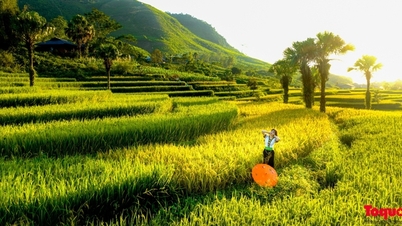


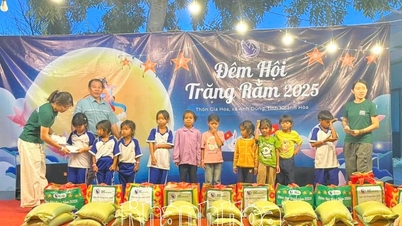





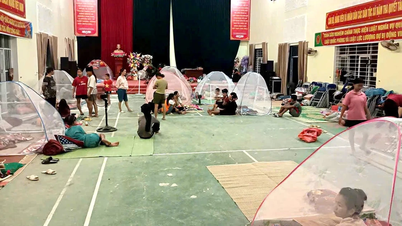

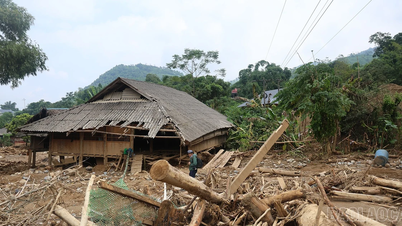
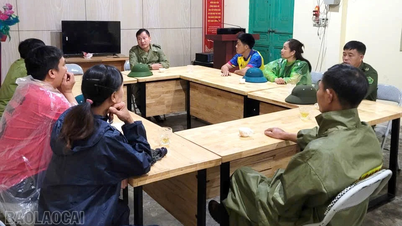





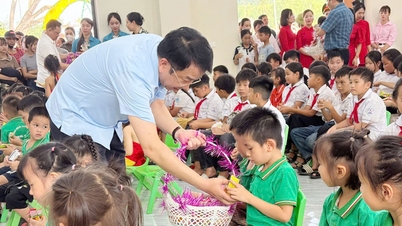
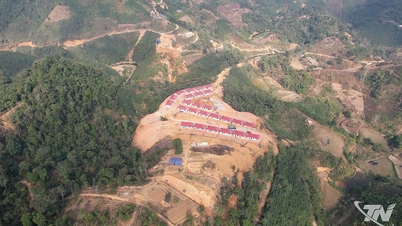
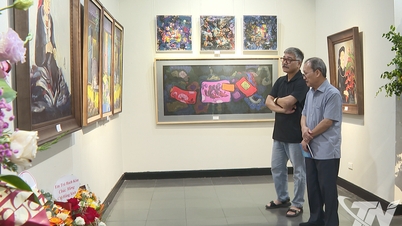

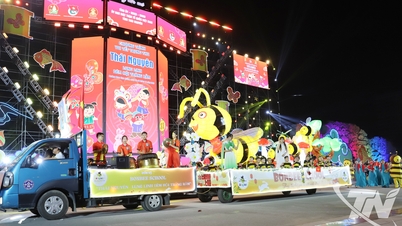
























![[VIDEO] Summary of Petrovietnam's 50th Anniversary Ceremony](https://vphoto.vietnam.vn/thumb/402x226/vietnam/resource/IMAGE/2025/10/4/abe133bdb8114793a16d4fe3e5bd0f12)

![[VIDEO] GENERAL SECRETARY TO LAM AWARDS PETROVIETNAM 8 GOLDEN WORDS: "PIONEER - EXCELLENT - SUSTAINABLE - GLOBAL"](https://vphoto.vietnam.vn/thumb/402x226/vietnam/resource/IMAGE/2025/7/23/c2fdb48863e846cfa9fb8e6ea9cf44e7)














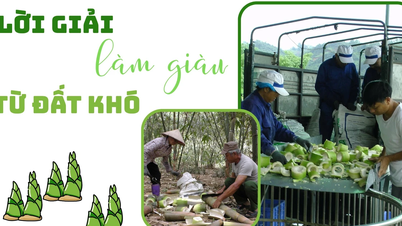
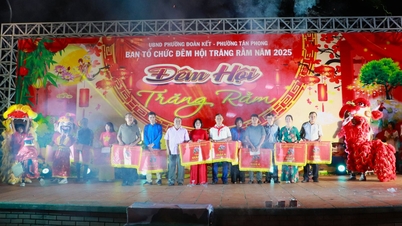
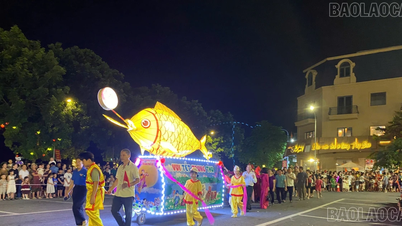














Comment (0)